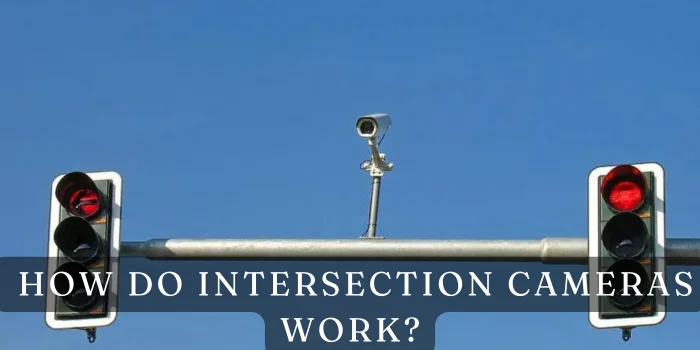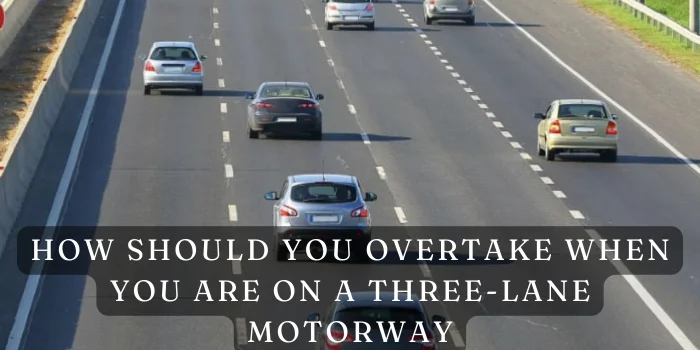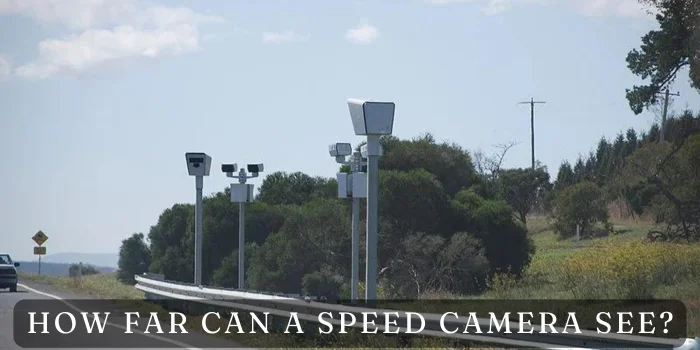Do Mobile Speed Cameras Work in Both Directions?
Mobile speed cameras are a critical tool UK police use to monitor and enforce speed limits. Unlike their fixed counterparts, these cameras can be moved to different locations, making them versatile and effective in various traffic situations. But how do these mobile devices work, and more importantly, can they catch you speeding from both directions?
What Are Mobile Speed Cameras?
Mobile speed cameras are typically mounted in vehicles or on tripods, allowing them to be deployed quickly to areas where speeding is a concern. These cameras are favored for their flexibility and ability to monitor different locations, adapting to changing traffic patterns and enforcement needs.
How They Differ from Fixed Speed Cameras:
Unlike fixed speed cameras, which are permanently installed in specific locations, mobile speed cameras can be used in various places. This mobility allows the police to target high-risk areas and respond to public concerns about speeding in specific neighborhoods or on specific roads.
The Functionality of Mobile Speed Cameras:
Understanding how these cameras work is key to knowing whether they can monitor speed in both directions.
How Mobile Speed Cameras Detect Speed:
Mobile speed cameras typically use radar or laser technology to measure the speed of a vehicle. The device sends out a signal, which bounces off the moving vehicle, and then calculates the speed based on how long it takes for the signal to return. This method is highly effective in capturing the speed of a vehicle within its range.
Can Mobile Speed Cameras Monitor Multiple Lanes?
Yes, mobile speed cameras can monitor multiple lanes of traffic, and many can detect speed in both directions. However, whether a camera monitors both directions depends on how it’s set up and the technology it uses.
Do Mobile Speed Cameras Work in Both Directions?
This is the big question on every driver’s mind. The short answer is yes—many mobile speed cameras can work in both directions.
Technology Behind Bidirectional Speed Monitoring:
Modern mobile speed cameras are equipped with advanced radar or laser systems that allow them to monitor the speed of vehicles approaching from either direction. This capability makes them incredibly effective in locations where traffic flows in both directions, such as on dual carriageways or busy urban streets.
Situations Where Bidirectional Monitoring Is Used:
Bidirectional speed monitoring is particularly useful in areas with high traffic volumes where vehicles are likely to speed in both directions. For example, on rural roads with few fixed cameras, mobile units can monitor both directions simultaneously, ensuring that all drivers adhere to speed limits.
How Accurate Are Mobile Speed Cameras in Both Directions?
Accuracy is always a concern when it comes to speed enforcement. So, how accurate are these cameras when monitoring speed in both directions?
Factors Affecting Accuracy:
Several factors can affect the accuracy of mobile speed cameras, including weather conditions, the distance of the vehicle from the camera, and the angle at which the speed is measured. Despite these variables, modern cameras are designed to be highly precise, with minimal room for error.
Common Errors and How They’re Addressed:
While mobile speed cameras are generally accurate, errors can still occur, particularly in complex traffic situations. Police forces regularly calibrate and test these devices to meet stringent accuracy standards. In cases where a driver disputes the reading, the calibration records and testing data can be used as evidence.
What to Expect if Caught by a Mobile Speed Camera:
If you’re caught speeding by a mobile speed camera, you should be aware of specific steps and consequences.
The Legal Process After Being Caught:
After being caught by a mobile speed camera, you’ll likely receive a Notice of Intended Prosecution (NIP) in the post. This notice will include details of the alleged offense and information on how to respond. You can accept the penalty or challenge the charge if you believe the reading was incorrect.
Penalties and Consequences:
Depending on the severity of the offense, speeding penalties can range from a fixed fine and points on your license to a court appearance. Repeat offenders or those caught significantly over the speed limit may face harsher consequences, including a driving ban.
How to Identify a Mobile Speed Camera:
Knowing how to spot a mobile speed camera can help you stay within the speed limit and avoid penalties.
Signs and Indications:
Mobile speed cameras are often housed in marked police vans or cars, but they can also be placed on tripods by the roadside. Look for vehicles or equipment that seems out of place or positioned strategically to monitor traffic.
Are Mobile Speed Cameras Always Visible?
While police typically position mobile speed cameras in visible locations to deter speeding, they don’t have to be visible. Unmarked cars and concealed cameras are sometimes used, particularly where drivers frequently ignore speed limits.
Tips for Avoiding a Speeding Ticket:
Avoiding a speeding ticket is all about staying vigilant and adhering to speed limits.
Safe Driving Practices:
The simplest way to avoid a ticket is to drive within the speed limit. Pay attention to road signs and adjust your speed according to the conditions. Remember, speed limits are there to protect you and other road users.
Using Technology to Stay Alert:
Many sat-nav systems and smartphone apps now offer real-time updates on speed limits and alert users to the presence of speed cameras. These tools can help users stay informed and avoid inadvertently exceeding the speed limit.
Common Misconceptions About Mobile Speed Cameras:
There’s a lot of misinformation about how mobile speed cameras work, so let’s clear up some common myths.
Myths vs. Reality:
One common myth is that mobile speed cameras only work in one direction. As we’ve discussed, many can monitor both directions, making them more versatile than some drivers might assume. Another misconception is that driving slightly over the speed limit won’t be picked up—this isn’t true, as even small infractions can be detected.
Conclusion:
Mobile speed cameras are essential for enforcing speed limits and ensuring road safety. With the ability to monitor speed in both directions, these cameras are highly effective in catching speeding drivers and deterring dangerous driving behavior. By understanding how they work and following safe driving practices, you can avoid penalties and contribute to safer roads.
FAQs:
Can mobile speed cameras detect speed in both directions at once?
Many mobile speed cameras are equipped with technology that allows them to monitor speed in both directions simultaneously.
Are mobile speed cameras affected by weather conditions?
While mobile speed cameras are designed to be accurate in various conditions, extreme weather can sometimes affect their performance.
How far can a mobile speed camera detect your speed?
The range of a mobile speed camera can vary, but most can detect speed from several hundred meters away.
Can you challenge a speeding ticket from a mobile camera?
Yes, if you believe the speed reading was incorrect, you can challenge the ticket. However, you’ll need to provide evidence to support your case.
Are mobile speed cameras used more frequently than fixed cameras?
Mobile speed cameras are used strategically in areas where fixed cameras may not be practical, making them a valuable tool in traffic enforcement.





